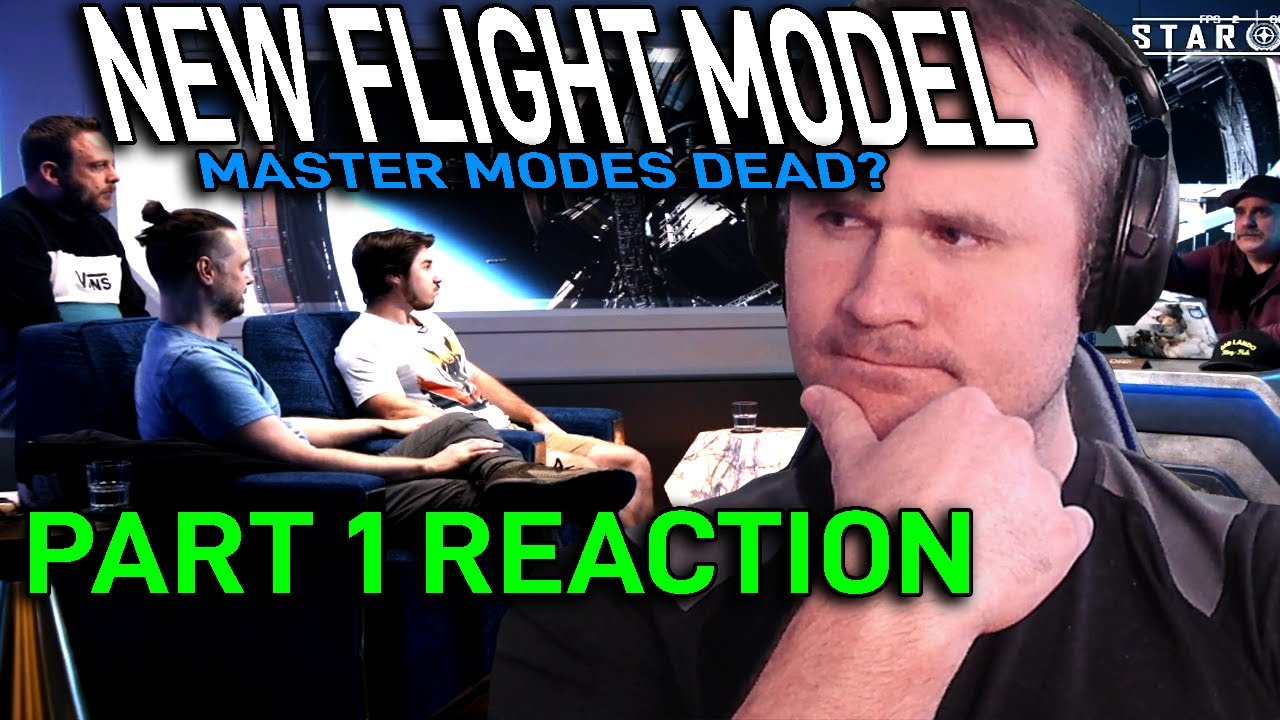The video discusses the development of Star Citizen’s new flight model, focusing on improving heavy fighters by enhancing their thrust and acceleration to enable more dynamic combat roles like “zoom and boom” tactics, addressing their current underperformance. It also explores the challenges of balancing diverse ship classes, aiming for a more intuitive and skill-based flight experience while maintaining accessibility through controlled speed limits and gameplay constraints.
The video features an in-depth discussion and analysis of the new flight model development for Star Citizen, focusing primarily on the role and tuning of heavy fighters. The speaker introduces Rich Tyra, the lead game designer responsible for the vehicle experience, who explains that heavy fighters are designed to be less maneuverable but more durable and powerful than light fighters. Currently, heavy fighters are perceived as underperforming, largely due to their inability to effectively avoid fire, which results in shorter survival times despite their higher health pools. The team is actively re-evaluating the balance between ship classes with the upcoming flight model update, aiming to give heavy fighters more viable gameplay roles.
A significant point raised is the need for heavy fighters to have higher main thrust and acceleration compared to light fighters, allowing them to disengage and reposition during combat rather than relying solely on tankiness. The current flight model restricts heavy fighters with low turn rates and inadequate speed, making them vulnerable to being overwhelmed by more agile opponents. The suggested solution is to enable heavy fighters to perform “zoom and boom” tactics, diving in to inflict damage and then retreating to reset the fight, similar to how interceptors operate. This approach contrasts with the existing model where heavy fighters feel sluggish and unable to effectively leverage their size and firepower.
The discussion also touches on broader design philosophies regarding game balance and meta gameplay. The developers acknowledge the challenge of achieving perfect balance across a vast array of ships, each with unique roles and intended progression paths. They emphasize that not all ships are meant to be equal, and some degree of meta or dominant strategies is inevitable. The ongoing tuning process involves multiple iterative passes over different ship classes to refine their roles and interactions, with the understanding that balance is a continuous, evolving effort rather than a fixed state.
Further technical insights are provided on how ship size should relate to acceleration and maneuverability. The speaker proposes a straightforward formula where the physical size of a ship multiplied by its acceleration determines its effective movement, ensuring that larger ships have enough thrust to move their mass effectively without needing excessive lateral agility. This method would create a more intuitive and skill-based flight experience, allowing ships of different sizes to coexist with meaningful roles and interaction dynamics. The current limitations, partly imposed by the “master modes” and speed walls, restrict this potential, but the new flight model aims to address these issues by removing arbitrary speed caps and enabling more realistic flight physics.
Finally, the video reflects on the broader vision and constraints of Star Citizen’s flight model, acknowledging the need for speed limits and safety nets to maintain accessibility for the general player base. While some players desire a more simulation-heavy experience with fewer restrictions, the developers must balance this with the goal of delivering a cinematic, Hollywood-style gameplay experience. This balance involves compromises such as speed walls and controlled flight zones to prevent chaotic, overly complex mechanics that could alienate casual players. The video concludes by inviting viewers to stay tuned for a follow-up part two, promising further exploration of these topics and ongoing community engagement.
